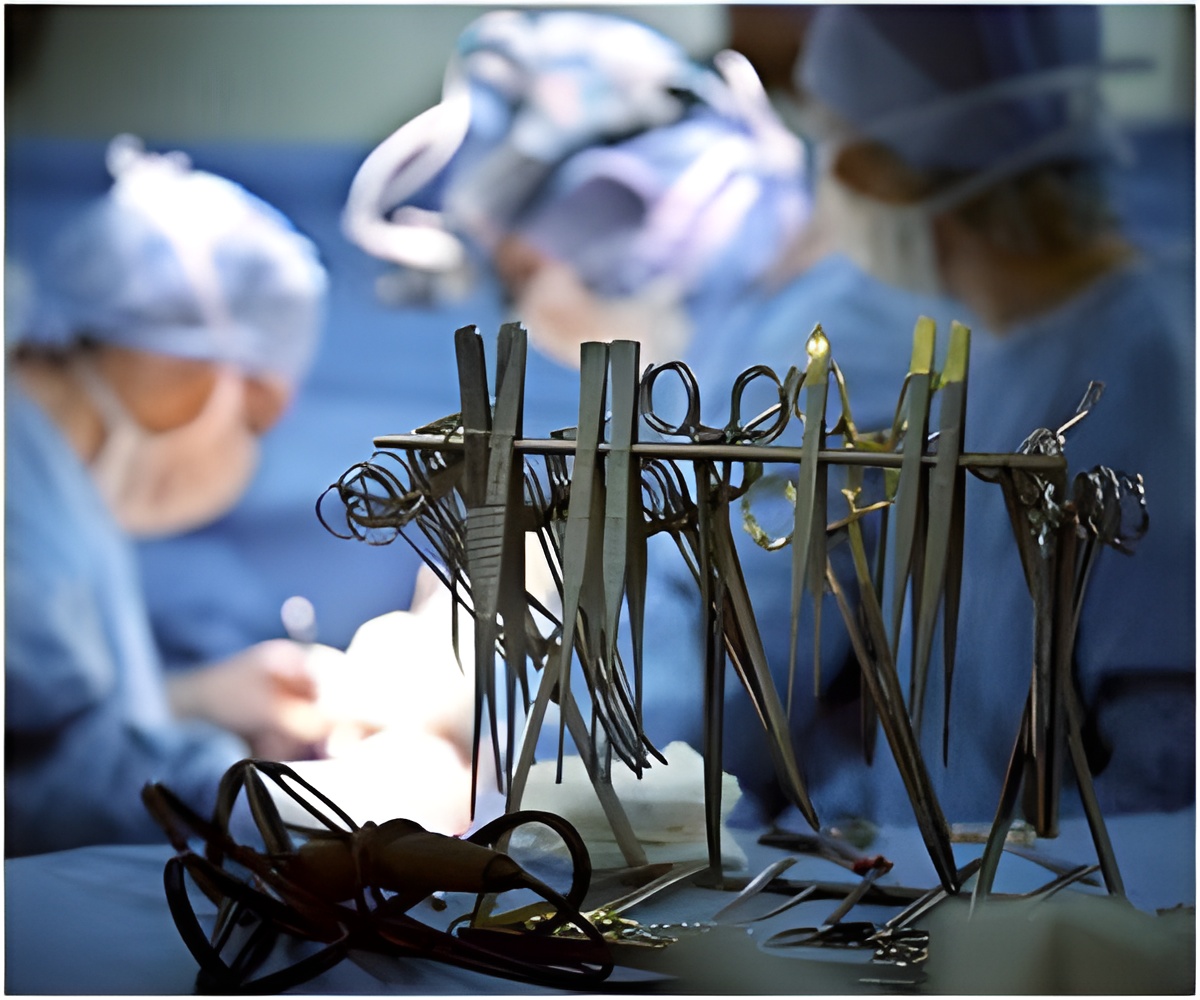Four in five patients who opted for surgical intervention for aortic valve disease in Germany reported to be in same or better state of health a year later.

Prof. Dr. Friedrich W. Mohr and colleagues used the German Aortic Valve Registry (GARY) to look at the 13,860 registered patients undergoing either AVR or TAVR procedures from 2011. Enrolment in the Registry was voluntary, and took place in 78 German centres. Baseline, procedural, and outcome data, including quality of life, were acquired up to one year post-intervention. Vital status at one year was known for just over 98% of patients.
One-year mortality was 6.7% (6,523) for conventional AVR patients and 11% (3,464) for patients who underwent AVR with coronary artery bypass grafting. One-year mortality 20.7% and 28% in transvascular TAVR and transapical TAVR procedures respectively. However, if patients were stratified into four risk groups, the highest-risk cohorts showed the same mortality at one year regardless of type of therapy.
Over 80% of patients in all groups were in the same or better state of health at one year post-intervention and were satisfied with the procedural outcome.
Prof. Dr. Mohr said: 'GARY is unique in that it includes all interventional and surgical treatment options for aortic valve disease that are currently available in Germany. Our aim was to obtain a comprehensive and contemporary picture of the current practice of aortic valve intervention therapy and to create an independent database that will allow for long-term follow-up of those patients.
'The acceptance of this voluntary registry is demonstrated by the fact that 55% of all aortic valve procedures performed in Germany in 2011 were included, with an increasing recruitment rate observed in 2012. In addition, a good follow-up rate of 98.5% with regards to vital status and 90% for clinical information was achieved.
Advertisement
Advertisement














